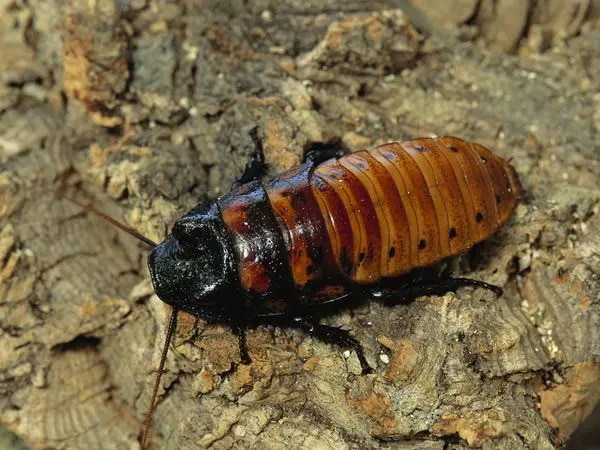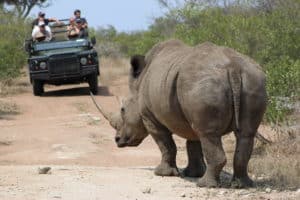African Cockroaches. I thought I would write something a bit different, it amused me as I wrote it. I have come to the conclusion that cockroaches are very cunning.
Pest species – African Cockroaches
I believe I possess a good understanding of cockroaches. I vividly recall spending numerous nights in a dingy youth hostel bathroom in King’s Cross, Sydney, squashing cockroaches. Back then, I wasn’t aware that squashing female cockroaches could lead to the ejection of eggs that might hatch later. To prevent a massive infestation, the best solution is to bleach the area thoroughly, thwarting cockroach world domination. Unaware of this, we narrowly avoided a potential cockroach takeover.
I consider myself somewhat of a cockroach expert due to living in areas densely populated with these creatures and spending hours reading about them. I should clarify that my interest in reading about them stemmed from a lack of alternative reading materials. While residing in Vanuatu, I stumbled upon a bookshop offering only three English books amid a sea of French literature. As a bookworm, discovering an alternative to my frequently reread books—“The Three Musketeers”, “Much Ado About Nothing”, and “Laboratory Experiments on Cockroaches”—was a delight.
Experiments… – African Cockroaches
The book on cockroach experiments fascinated me greatly, though it was rather macabre. Did you know that freezing a cockroach in water, then defrosting it, results in the insect resuming normal activities? They survive vacuum exposure briefly, move after being decapitated for days, withstand high-voltage electrocution, and are among the few creatures capable of enduring a nuclear holocaust. Undoubtedly, this displays the remarkable resilience of these creatures.
The world hosts over 4,600 cockroach species, yet only around 30 inhabit human environments, with merely 4 considered common household pests. Most measure between 15mm to 30mm, though some can reach up to 97mm—fortunately, these giants are solely found in South America! If you happen to visit South America, please share if you encounter one.
Cockroaches in southern Africa
In Southern Africa, four prevalent species commonly qualify as pests: the American Cockroach, the German Cockroach, the Oriental Cockroach, and the Brown Banded Cockroach. These types resemble the dreaded kitchen cockroaches. Interestingly, I rarely encounter these in Africa; the places I reside in maintain exceptional cleanliness, making survival tough for any self-respecting cockroach.
Apart from these, there are bush cockroaches, distinct from the typical pest species we disdain. Encountering them while in the bush is possible, and they bear no resemblance to the ‘classic’ cockroach. Nocturnal and herbivorous, they peacefully navigate the bush without invading our sleeping quarters—a considerate trait. Sporting various colours, shapes, and sizes, they resemble beetles more than conventional cockroaches.

So please do not lump all cockroaches together, that would be unfair and unjust.
Famous cockroaches
The Madagascar hissing cockroach is undoubtedly the most peculiar and somewhat renowned, if such a thing exists for a cockroach. Also known as the hissing cockroach or simply hisser, it ranks among the largest cockroach species, growing to 5.1–7.6 cm when fully mature. Surprisingly, some people even keep them as pets(!). Unlike typical cockroaches, they lack wings but excel in climbing, effortlessly scaling smooth glass surfaces. The picture below depicts a hissing cockroach. Their fame escalated after featuring in the 1997 film Men in Black, although their appearance in reality may differ from the movie’s depiction, likely lacking those yellow eyes and not appearing quite as hideous and menacing.

Cockroaches have adapted to live in our houses and will eat practically anything from human food to leather, wallpaper and even other cockroaches. They have managed to survive in a number of environments and I suspect they have a plan to conquer the world.
I am seriously no fan of the pest species at all. They are nasty little critters, they make my skin crawl, but they have adapted amazingly to our messy lifestyle. Unfortunately I think they may have a ‘cunning plan’.
So beware.



